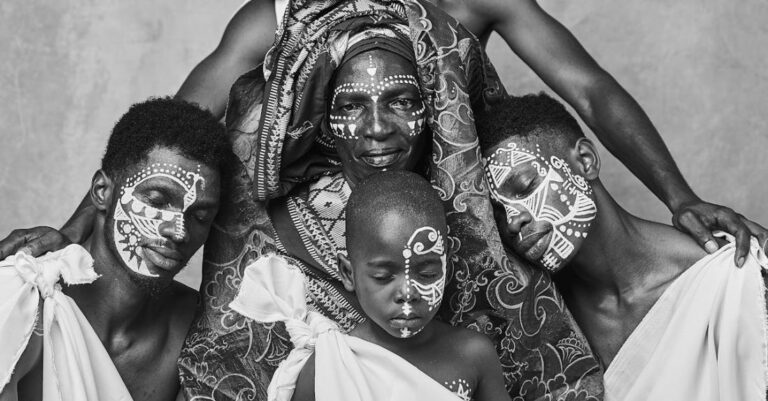
Language serves as a powerful tool that shapes and influences our understanding of the world around us. Beyond mere communication, language plays a crucial role in shaping our perceptions, beliefs, and cultural values. The intricate relationship between language and culture is a complex and fascinating one, with language serving as a key element in promoting cross-cultural understanding and fostering appreciation for diversity.
**The Influence of Language on Cultural Perceptions**
Language is not just a means of communication but a reflection of a society’s values, beliefs, and worldview. The words we use and the way we use them can convey subtle nuances that provide insight into the cultural norms and practices of a community. For instance, certain languages may have specific words or phrases that capture concepts or emotions that are not easily translatable into other languages. This highlights the unique cultural perspectives and priorities that shape the language of a particular community.
**Language as a Carrier of Cultural Identity**
Language is also closely tied to cultural identity, serving as a marker of one’s heritage, history, and traditions. The ability to speak a particular language is often seen as a symbol of belonging to a specific cultural group, reinforcing a sense of community and shared identity. Through language, individuals are able to express their cultural heritage, pass down traditions to future generations, and maintain a sense of connection to their roots.
**Challenges in Cross-Cultural Communication**
While language can serve as a bridge between different cultures, it can also present challenges in cross-cultural communication. Nuances in language, such as idioms, metaphors, and cultural references, may not always translate accurately across languages, leading to misunderstandings or misinterpretations. Additionally, language barriers can hinder effective communication and limit the ability to fully understand and appreciate the nuances of a different culture.
**Language Diversity and Global Understanding**
In a world that is increasingly interconnected, language diversity plays a crucial role in promoting global understanding and cooperation. Multilingualism allows individuals to engage with people from different cultural backgrounds, fostering empathy, respect, and mutual understanding. By learning and appreciating different languages, individuals can gain insights into diverse cultural perspectives, broaden their horizons, and cultivate a sense of global citizenship.
**Cultural Understanding Through Language Learning**
One of the most effective ways to enhance cultural understanding is through language learning. By immersing oneself in a new language, individuals gain not only linguistic skills but also a deeper appreciation for the culture and traditions associated with that language. Language learning provides a window into the values, customs, and social norms of a community, enabling individuals to develop a more nuanced understanding of different cultures.
**Embracing Linguistic and Cultural Diversity**
In a world that is increasingly diverse, embracing linguistic and cultural diversity is essential for promoting tolerance, respect, and empathy. By recognizing the importance of language in shaping cultural understanding, individuals can work towards building bridges across cultural divides and fostering a more inclusive and harmonious society. Celebrating the richness of language diversity can lead to a more interconnected world where differences are celebrated and cultural exchange is valued.
**Fostering Intercultural Communication**
Effective intercultural communication requires a willingness to listen, learn, and engage with people from diverse linguistic and cultural backgrounds. By approaching conversations with an open mind and a genuine curiosity about different languages and cultures, individuals can overcome language barriers and build meaningful connections with others. Through respectful and empathetic communication, individuals can bridge cultural divides, promote mutual understanding, and cultivate a more inclusive and harmonious global community.
**In Summary: The Power of Language in Cultural Understanding**
Language serves as a powerful tool that shapes our perceptions, beliefs, and cultural values. Through language, we gain insight into the unique perspectives and priorities of different cultures, fostering appreciation for diversity and promoting cross-cultural understanding. By recognizing the influence of language on cultural identity and communication, individuals can work towards building bridges across cultural divides, fostering empathy and respect, and celebrating the richness of linguistic and cultural diversity in our interconnected world.





